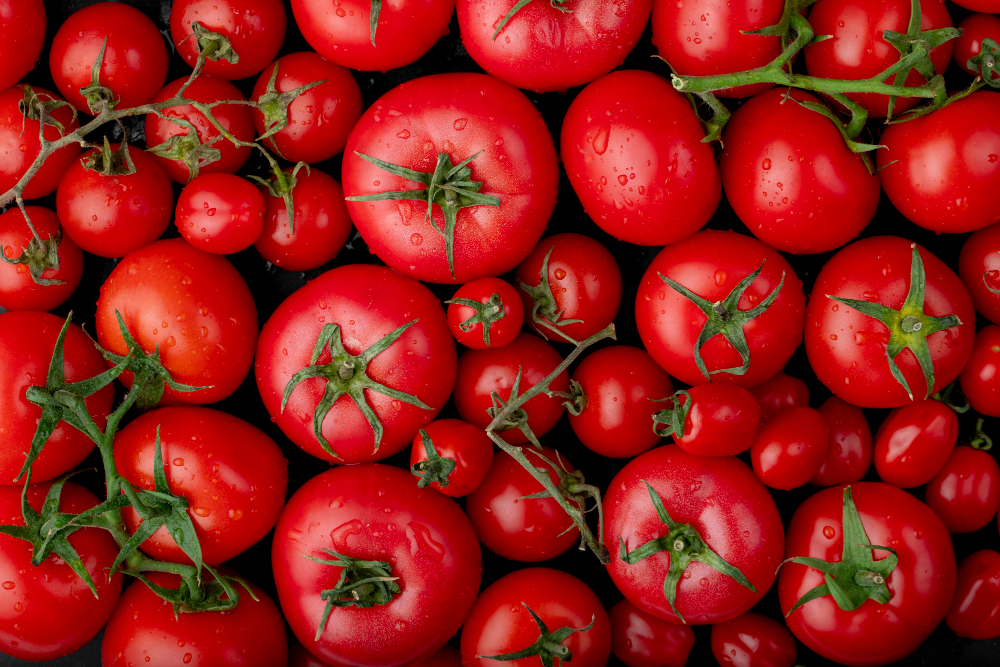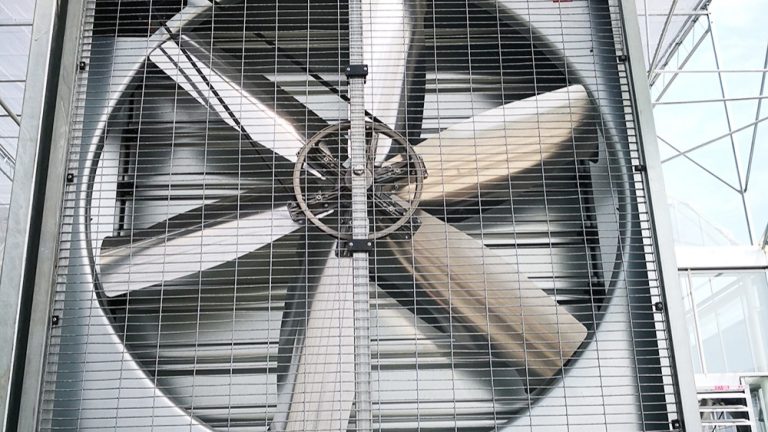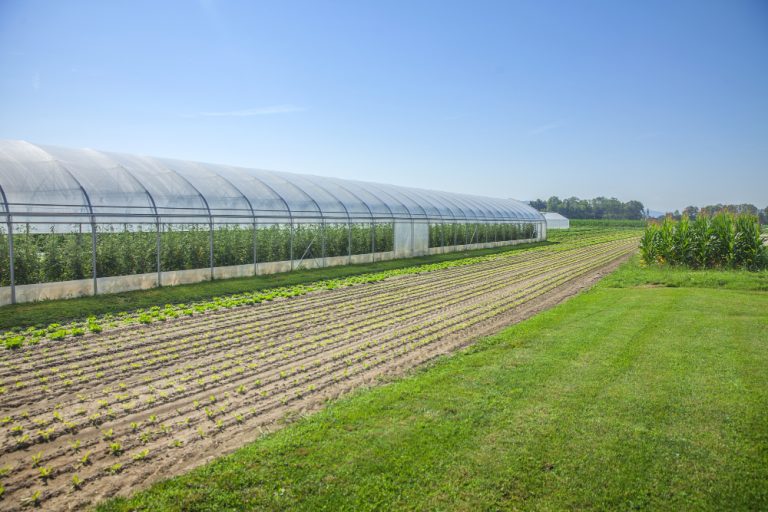
Key Points
- Research suggests hydroponic tomatoes are grown without soil, using nutrient solutions, while greenhouse tomatoes are typically grown in soil within controlled environments.
- It seems likely that hydroponic tomatoes use less water and may have higher yields, but taste differences are debated, with some preferring soil-grown flavors.
- The evidence leans toward hydroponic systems offering better pest control and year-round production, though initial setup costs can be higher.
Growing Method
Hydroponic tomatoes are cultivated in a soilless system, where roots are immersed in a nutrient-rich water solution, often in controlled environments like greenhouses. Greenhouse tomatoes, on the other hand, are usually grown in soil within a greenhouse, benefiting from a protected setting that regulates temperature and light.
Water and Yield
Studies indicate hydroponic systems are more water-efficient, using up to 90% less water than soil-based methods (Controlled comparisons between soil and hydroponic systems reveal increased water use efficiency and higher lycopene and β-carotene contents in tomatoes). They also tend to offer higher yields due to optimized nutrient delivery, which can be unexpected for those assuming soil methods are always superior.
Taste and Quality
Taste can vary, with some preferring the flavor of soil-grown tomatoes for their perceived richness, while others find hydroponic tomatoes equally or more appealing, especially with proper nutrient management. Research suggests hydroponic tomatoes may have higher levels of nutrients like lycopene and β-carotene, potentially enhancing nutritional value (Do Hydroponic Plants Taste Different? – Proponics).
Additional Benefits
Hydroponic systems often provide better control over pests and diseases due to the absence of soil, and both methods support year-round production in greenhouses, making them suitable for consistent supply.
Comprehensive Analysis of Hydroponic vs. Greenhouse Tomatoes
This detailed analysis explores the differences between hydroponic tomatoes and greenhouse tomatoes, focusing on cultivation methods, environmental impacts, yield, quality, and practical considerations. The discussion is informed by recent studies, industry insights, and user experiences, providing a thorough understanding for both enthusiasts and professionals.
Cultivation Methods and Definitions
Hydroponic tomatoes are grown using soilless systems, where plant roots are immersed in a nutrient solution, often supported by media like rockwool, perlite, or coconut coir. This method can be implemented in various settings, including greenhouses, indoor farms, or even homes, as highlighted in guides like Hydroponic Tomatoes – A Grower’s Guide. Greenhouse tomatoes, conversely, are typically cultivated in soil within a controlled environment, utilizing structures that regulate temperature, humidity, and light, as noted in Greenhouse Tomato Production – Alabama Cooperative Extension System. However, the term “greenhouse tomatoes” can sometimes encompass both soil-based and hydroponic methods, creating potential overlap, as seen in discussions on Hydroponic Tomatoes: Complete Guide to Growing in Greenhouses.
For clarity, this analysis assumes “greenhouse tomatoes” refer to soil-grown tomatoes in greenhouses, aligning with common agricultural distinctions, while “hydroponic tomatoes” specifically denote soilless cultivation, often within greenhouses for commercial production.
Environmental Impact and Resource Efficiency
One significant difference lies in water use. Hydroponic systems are notably more water-efficient, with studies showing they use up to 90% less water than soil-based methods, as reported in Greenhouse tomatoes use less water. Why aren’t there more? | Greater LA. This efficiency stems from recirculating nutrient solutions, reducing waste compared to soil irrigation. For example, ADVANTAGES OF TOMATO GROWING IN HYDROPONIC SYSTEMS notes that high-tech hydroponic greenhouses can produce significant yields with minimal water, contrasting with soil-based systems that require more to maintain moisture levels.
Energy and capital inputs are higher for hydroponics, requiring precise management of nutrient solutions, lighting, and temperature, as mentioned in Hydroponic Tomatoes by Ryan Johnson. This can be a barrier for small-scale growers, but commercial operations benefit from scalability, as seen in discussions on Hydroponic Tomatoes – Greenhouse Product News.
Yield and Productivity
Hydroponic systems often yield higher due to constant nutrient availability and controlled conditions. For instance, Grow Hydroponic Tomatoes: The Complete Guide suggests yields can reach 65-70 kg/m² in high-tech hydroponic greenhouses, compared to lower outputs in soil-based systems under similar conditions. This is attributed to optimized growth environments, eliminating soil-related constraints like pH imbalances or poor drainage, as noted in Hydroponic Vegetable Production | Aggie Horticulture.
Quality, Taste, and Nutritional Content
Taste differences are a debated topic, with mixed opinions from users and studies. Some, like those in r/Hydroponics on Reddit: Soil vs hydroponics taste battle, report blind taste tests showing no significant preference, while others, such as Hydroponic growing and why those tomatoes are kinda bland! – Garden Bite, suggest hydroponic tomatoes may taste less flavorful due to higher water content. However, recent research, such as Controlled comparisons between soil and hydroponic systems reveal increased water use efficiency and higher lycopene and β-carotene contents in tomatoes, indicates hydroponic tomatoes can have higher levels of lycopene and β-carotene, potentially enhancing nutritional value. Do Hydroponic Plants Taste Different? – Proponics also notes that with proper management, hydroponic tomatoes can taste as good as or better than soil-grown ones, challenging the notion of blandness.
Nutritional comparisons, as seen in the 2020 Bionutrient Institute study 2020 Hydroponic vs Soil Grown Tomato Comparison, analyzed 48 organic samples, finding variations in nutrient density, though specific results were not detailed in the snippet. This suggests further research is needed to generalize findings across varieties and conditions.
Pest and Disease Management
Hydroponic systems offer advantages in pest and disease control due to the absence of soil, reducing risks of soil-borne pathogens. This is highlighted in How to Grow Your Best Hydroponic Tomatoes | Greenway Biotech, noting cleaner operations and lower pesticide needs. Greenhouse tomatoes, while also protected, may still face soil-related issues, requiring integrated pest management, as mentioned in Principles for the Production of Tomatoes in the Greenhouse | IntechOpen.
Practical Considerations and Seasonality
Both methods support year-round production, a key benefit of greenhouse cultivation. Hydroponics, however, allows for urban and small-space farming, as seen in Why Hydroponic Tomatoes Are the Future | Hydroponic Systems, making it ideal for areas with poor soil. Initial setup costs for hydroponics are higher, requiring investment in equipment like pumps and lighting, but long-term benefits include reduced labor for soil management, as noted in Easily Grow Hydroponic Tomatoes Inside or Outside (without an Air Pump) : 10 Steps (with Pictures) – Instructables.
Comparative Table: Hydroponic vs. Soil-Grown Greenhouse Tomatoes
To summarize key differences, the following table compares the two methods based on the discussed factors:
| Aspect | Hydroponic Tomatoes | Soil-Grown Greenhouse Tomatoes |
|---|---|---|
| Growing Medium | Soilless, nutrient solution (e.g., rockwool, perlite) | Soil, often enriched with compost |
| Water Use Efficiency | High, up to 90% less water than soil | Moderate, requires more water for soil moisture |
| Yield | Higher, potentially 65-70 kg/m² in high-tech systems | Lower, varies with soil quality and management |
| Pest and Disease Control | Better, reduced soil-borne risks | Moderate, may require more pest management |
| Taste and Quality | Can be comparable or better, higher lycopene/β-carotene | Often perceived as richer, but varies by condition |
| Initial Costs | Higher, due to equipment needs | Lower, simpler setup |
| Seasonality | Year-round, flexible for urban settings | Year-round, dependent on greenhouse conditions |
This table encapsulates the primary distinctions, aiding in decision-making for growers.
Conclusion
In conclusion, the choice between hydroponic and soil-grown greenhouse tomatoes depends on priorities such as water conservation, yield goals, and taste preferences. Hydroponic systems offer efficiency and scalability, particularly for commercial operations, while soil-grown tomatoes may appeal to those valuing traditional flavors. Both methods, when managed well, can produce high-quality tomatoes year-round, aligning with modern agricultural needs as of March 17, 2025.




